How Many Of These Boxes Do You Tick Before Hitting The Golf Ball? (Any Less Than 4 Could Be Costly)
If these four crucial steps aren't a consistent part of your pre-shot routine, you will be costing yourself shots and valuable progress towards a lower handicap
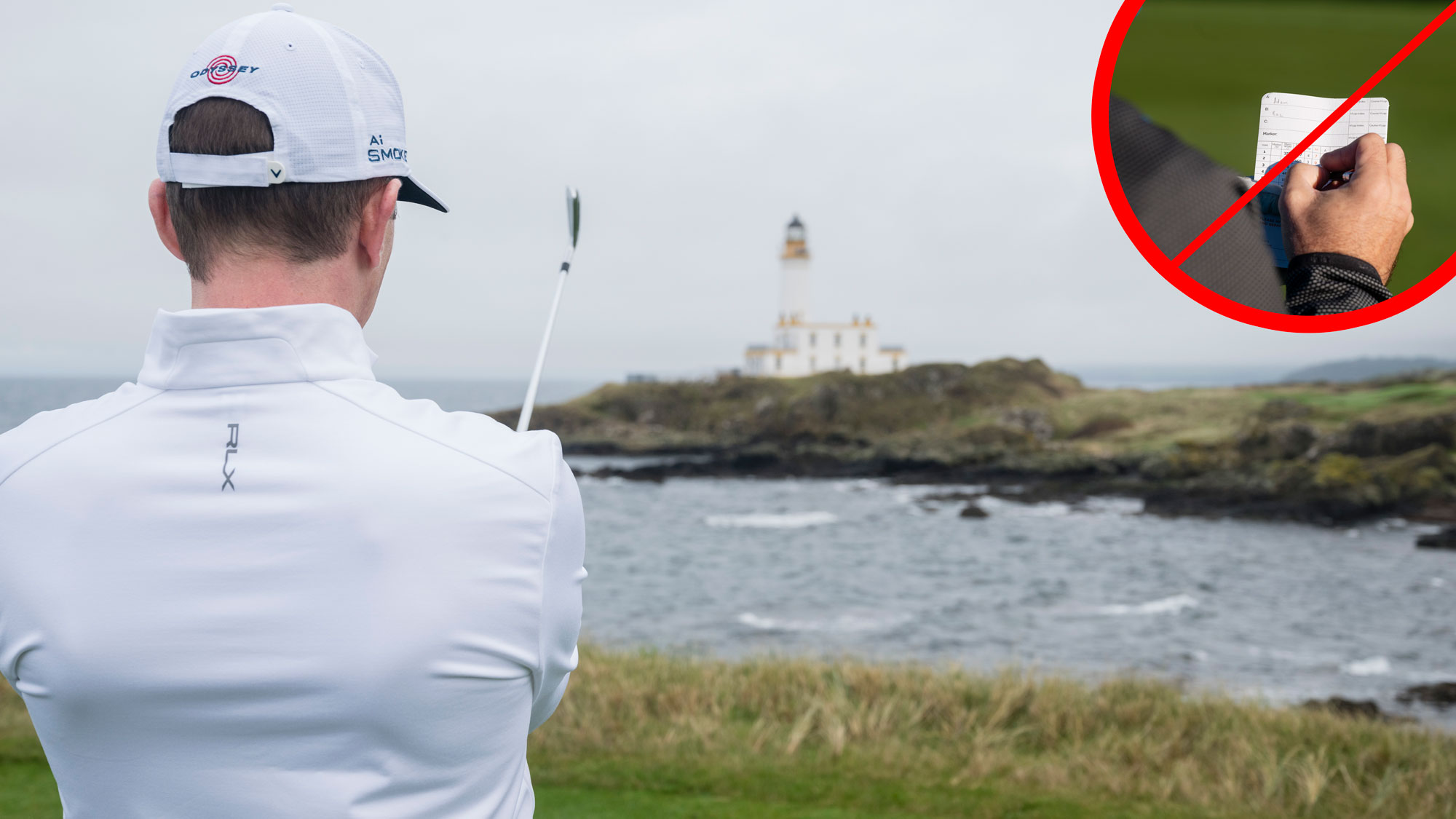
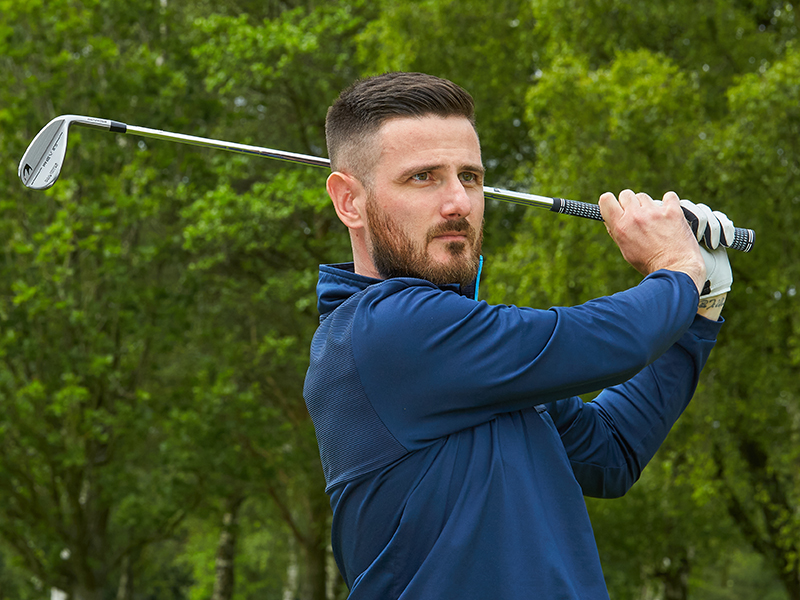
Ged Walters
Do you have a pre-shot routine that you consistently use on the golf course? To be honest, I would be surprised if more than half of you said yes - which is a real concern as those who don't are costing themselves precious shots.
A pre-shot routine in golf is just as important as finding the perfect golf grip or achieving a centred strike with driver, but so many overlook it.
Due to concerns around avoidable slow play issues or a lack of confidence leading to a desire to just 'get it over with', so many players rush or ignore their pre-shot routine, costing them shots throughout their round.
So, in a bid to help you create a consistent, effective and time-efficient pre-shot routine, Golf Monthly Top 50 Coach Ged Walters has used his extensive professional experience to share four key components that all golfers should implement into their game immediately...
Pre-Shot Routine In Golf: PGA Pro's Ultimate 4 Step Plan
What Is A Pre-Shot Routine?
GM instruction writer Barry Plummer says...
This is a question we get a lot, so I'd advise checking out our article on everything you need to know about a pre-shot routine.
Simply put, a pre-shot routine is a key but often overlooked part of the golf swing, occurring before you even set-up to take your golf swing.
Get the Golf Monthly Newsletter
Subscribe to the Golf Monthly newsletter to stay up to date with all the latest tour news, equipment news, reviews, head-to-heads and buyer’s guides from our team of experienced experts.
The top players in the world have a consistent process that allows them to create the best possible opportunity for success with every shot, which is something many amateurs could learn from.
Below, Ged Walters outlines four key aspects of a pre-shot routine with the aim to help all amateur golfers to implement their own consistently into their game....
PGA Pro's Ultimate 4 Step Pre-Shot Routine
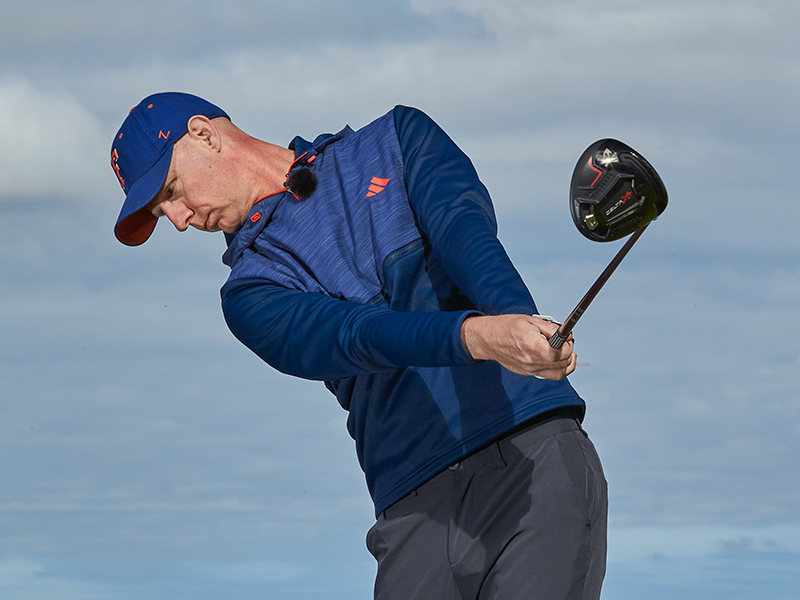
Using different styles, teaching aids, technology and games to measure improvements, Ged Walters endeavours to make the learning process both educational and fun. He's worked with a number of top local, national and international coaches, including Adrian Fryer and Jeff Ritter, one of the most prominent golf instructors in America. Ged has helped a vast number of golfers to reach their full potential, from a variety of starting points, helping them to prosper in both the mechanical and psychological side of the game.
1. Decision Making
The first part of your pre-shot routine is where the decision making needs to happen.
As every golfer knows, good shots rarely happen if you aren’t 100 per cent focused. This is when you need to build up a picture in your mind of exactly what a good shot would look like: how it would fly, where it would land and how far it would roll.
As you look at the shot facing you, think about the weather conditions, how the ball is lying, the terrain of your landing zone and what the wind is doing. You should also check out Golf Monthly's guide to how to calculate distance in the wind.
Take in as much information as you can because when this phase finishes, I want you to have a vivid visualisation of what you are trying to do. This will help you hugely when it comes to the execution.
2. Know Your Yardages
If you want to improve your scores, it makes sense to do some homework, specifically by finding out exactly how far you hit the ball.
Your yardages are exactly that – yours. They have no relation to how far anyone else hits the ball and they will form the foundation of your strategy.
Rather than obsessing with how far amateur golfers hit their irons and comparing yourself, focus on your own game as that is where the progress lies.
When working out which club to hit into the green, always calculate the number to the back - this is one of the key ways that so many good golfers break 80 in golf.
This is because very few amateurs miss long but they often fall foul of the bunkers and trouble that lie short of the green.
Having the distance to the back of the green in your mind and picking a club that will get you as close to that spot as possible – without going past it – will allow you a little leeway on the strike as well.

Knowing your yardage to the back of the green will help you to take enough club - avoiding the trouble that often lurks short of the putting surface
3. Utilise A Practice Swing
Before you move into the shot itself, make a proper practice swing. Splitting your environment in two can help to make this more realistic - so try this great tip.
Imagine a wooden block on the ground that divides the ‘practice’ area (behind the ball) and the ‘performance’ area (over the ball). Try to replicate exactly what you are trying to do in the shot, but in your newly assigned 'practice area' away from the ball.
Your practice swing is your dress rehearsal – the last swing you make before it matters – so it makes sense for it to be as realistic as possible.
Too many players waste energy on meaningless practice swings. You should use yours to help set a more confident mindset by developing a genuine feeling for the shot and the swing you are trying to make.
4. Pick Your Target
Aligning yourself correctly is something we can all successfully do before every shot... but the target you pick has to be as small as possible. This means understanding how to aim in golf is crucially important to avoid wayward shots.
As soon as you start to get lazy or sloppy, small mistakes can quickly ingrain themselves into your routine. Trying to align your clubface to a target that is in the distance is incredibly difficult and can lead to mistakes.
Stand behind your ball and draw an imaginary line from your target back to your ball, then pick out a spot that is no more than six inches ahead of your ball along this imaginary line.
Try to see an imperfection or an object on the grass on that line. As you stand over the ball, this is your target to aim the clubface directly at.
Once you have this line, you are in a better position to build your stance. The confidence you’ll gain from aiming correctly is huge!
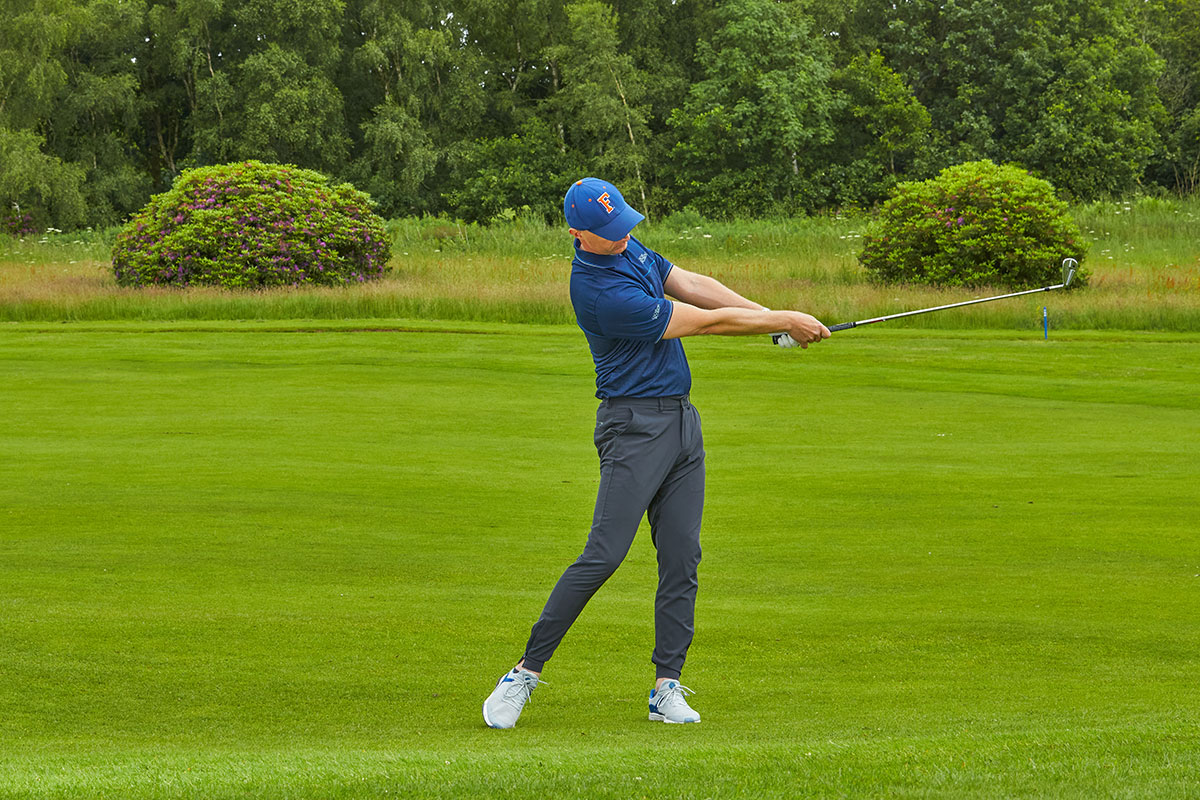
Taking a practice swing behind and away from the ball will help you to get a feel for the shot you are about to hit before stepping in and committing
FAQS
In this section, Golf Monthly instruction writer Barry Plummer answers your questions regarding pre-shot routines, practice swings and the impact on slow play. Want to ask a different question? Drop it in the comments on this article below and Barry will do his best to provide a little clarity...
What Is Rory McIlroy's Pre-Shot Routine?
When watching the 2025 Masters Champion Rory McIlroy tee it up on the television, you can see he consistently follows a specific pre-shot routine.
Rory will have spent time with his caddie, Harry Diamond, picking a line that best suits the hole and shot shape he is trying to play.
Starting with a walk behind the ball, Rory carries out a rehearsal swing. This will likely be to replicate the feeling he is about to produce and to focus his mind on the task at hand.
As he steps in, you often see Rory take a number of looks down the target line and then back to the ball - visualising the shot he is about to hit. Once he is happy, he pulls the trigger and in true Rory-fashion launches one long and straight down the middle.
How Many Practice Swings Should I Take In Golf?
Practice swings are a divisive topic in the game, but they form an important part of a pre-shot routine.
You might be thinking, can you have to many practice swings in golf? The answer is no, but there is a caveat. The amount of practice swings a golfer takes is down to personal preference, but we must all be considerate of our impact on slow play.

Barry joined Golf Monthly in January 2024, and now leads the instruction section across all platforms including print and digital. Working closely with Golf Monthly's Top 50 Coaches, he aims to curate and share useful tips on every aspect of the game - helping amateurs of all abilities to play better golf. A member at Sand Moor Golf Club in Leeds, he looks forward to getting out on the course at least once a week in the pursuit of a respectable handicap.
Barry is currently playing:
Driver: Benross Delta XT Driver
Hybrid: TaylorMade Stealth 4 Hybrid
Irons: Benross Delta XT 5-PW
Wedges: TaylorMade RAC 60, Callaway Jaws MD5 54
Putter: TaylorMade Spider Tour
- Ged Walters Top 50 Coach
You must confirm your public display name before commenting
Please logout and then login again, you will then be prompted to enter your display name.
-
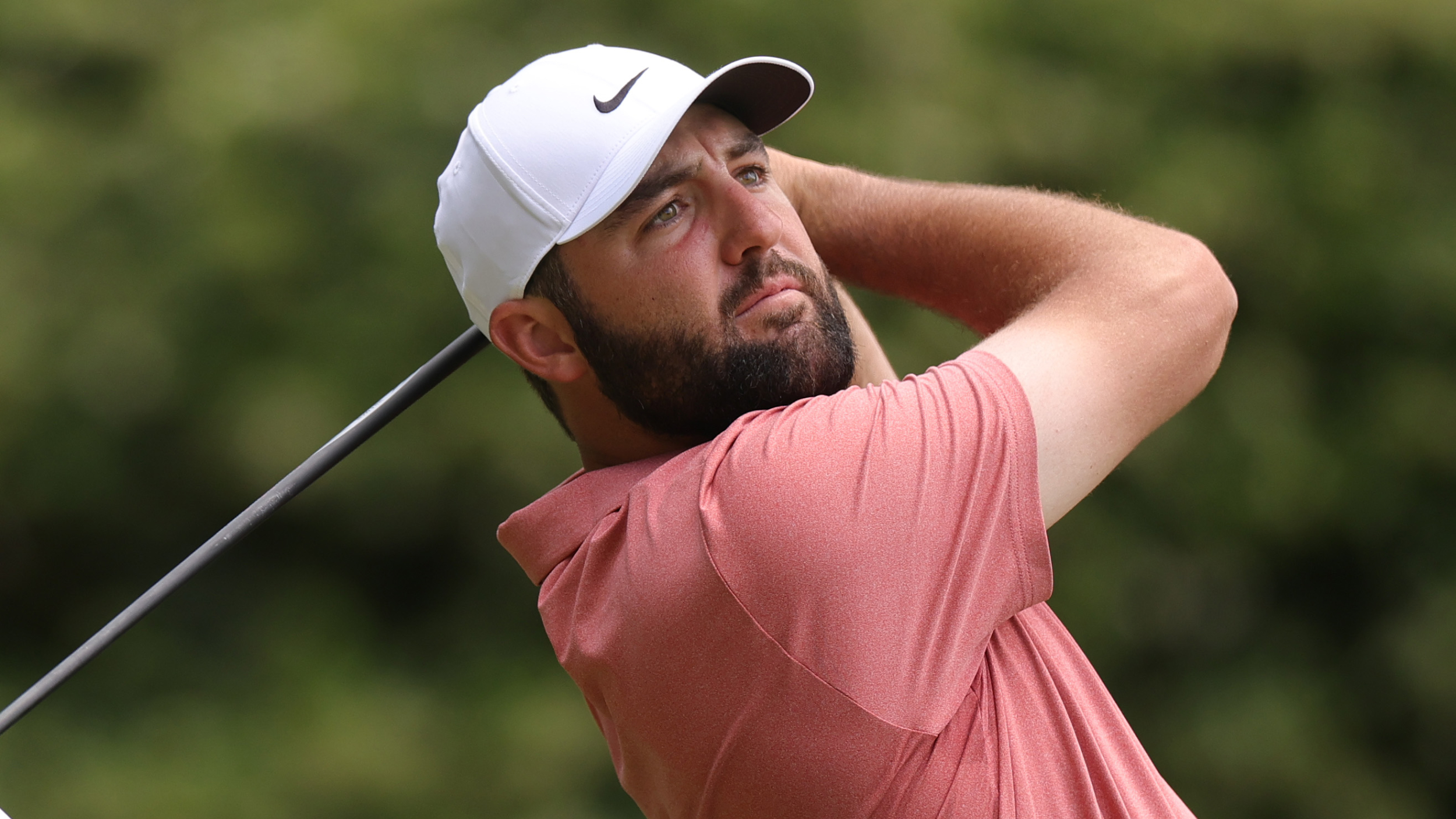 CJ Cup Byron Nelson Prize Money Payout 2025
CJ Cup Byron Nelson Prize Money Payout 2025Scottie Scheffler is the biggest name in the field as players compete for a record purse in Texas
By Mike Hall
-
 Under Armour Forge 96 Golf Shoes Review
Under Armour Forge 96 Golf Shoes ReviewHow did these retro-style sneaker golf shoes from Under Armour perform out on the course?
By Conor Keenan
-
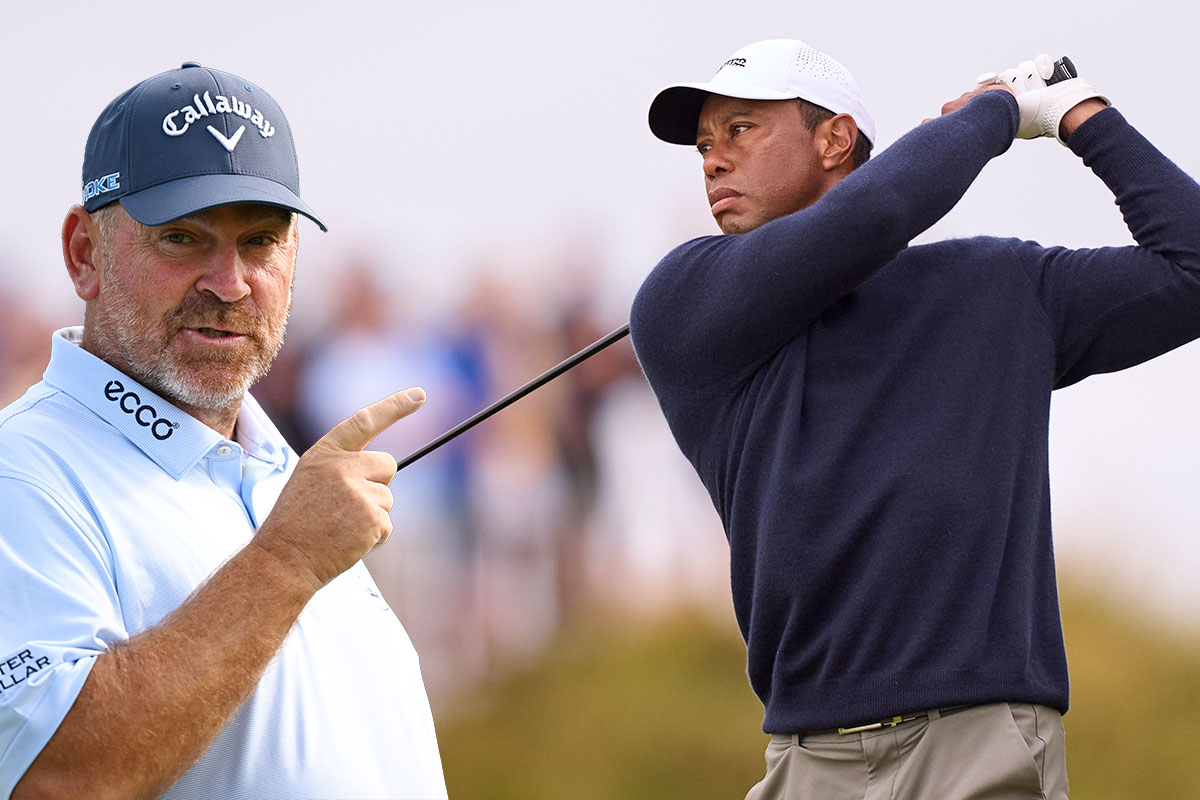 Thomas Bjorn Shares An Invaluable Scoring Tip He Learned From Tiger Woods
Thomas Bjorn Shares An Invaluable Scoring Tip He Learned From Tiger WoodsThomas Bjorn shares a superb tee to green masterclass, including some invaluable scoring advice from Tiger Woods, in a bid to help you improve on the course
By Barry Plummer
-
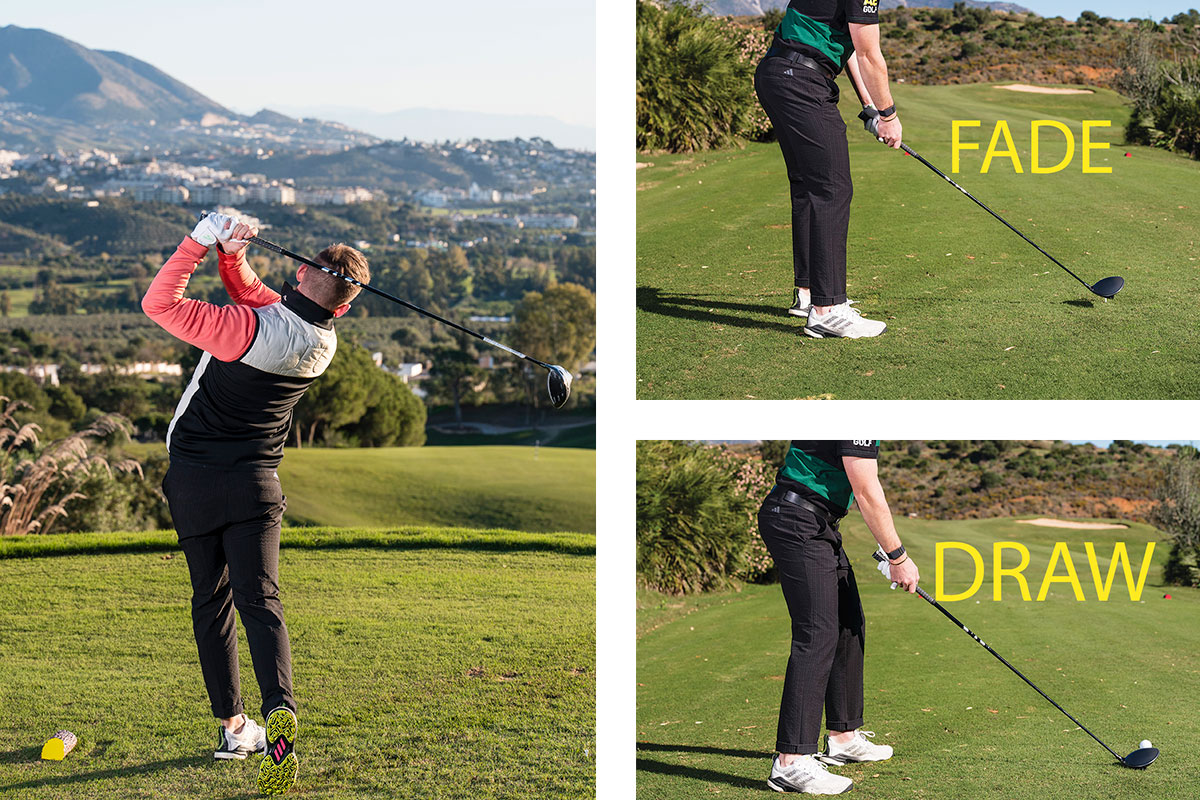 I Had No Idea It Was This Easy To Hit Draws And Fades... You Have To Try This Foolproof Formula Now
I Had No Idea It Was This Easy To Hit Draws And Fades... You Have To Try This Foolproof Formula NowWhen Top 50 Coach Alex Elliott shared this simple formula with me, I could not believe how easy it was to draw and fade the golf ball... you have to try it!
By Barry Plummer
-
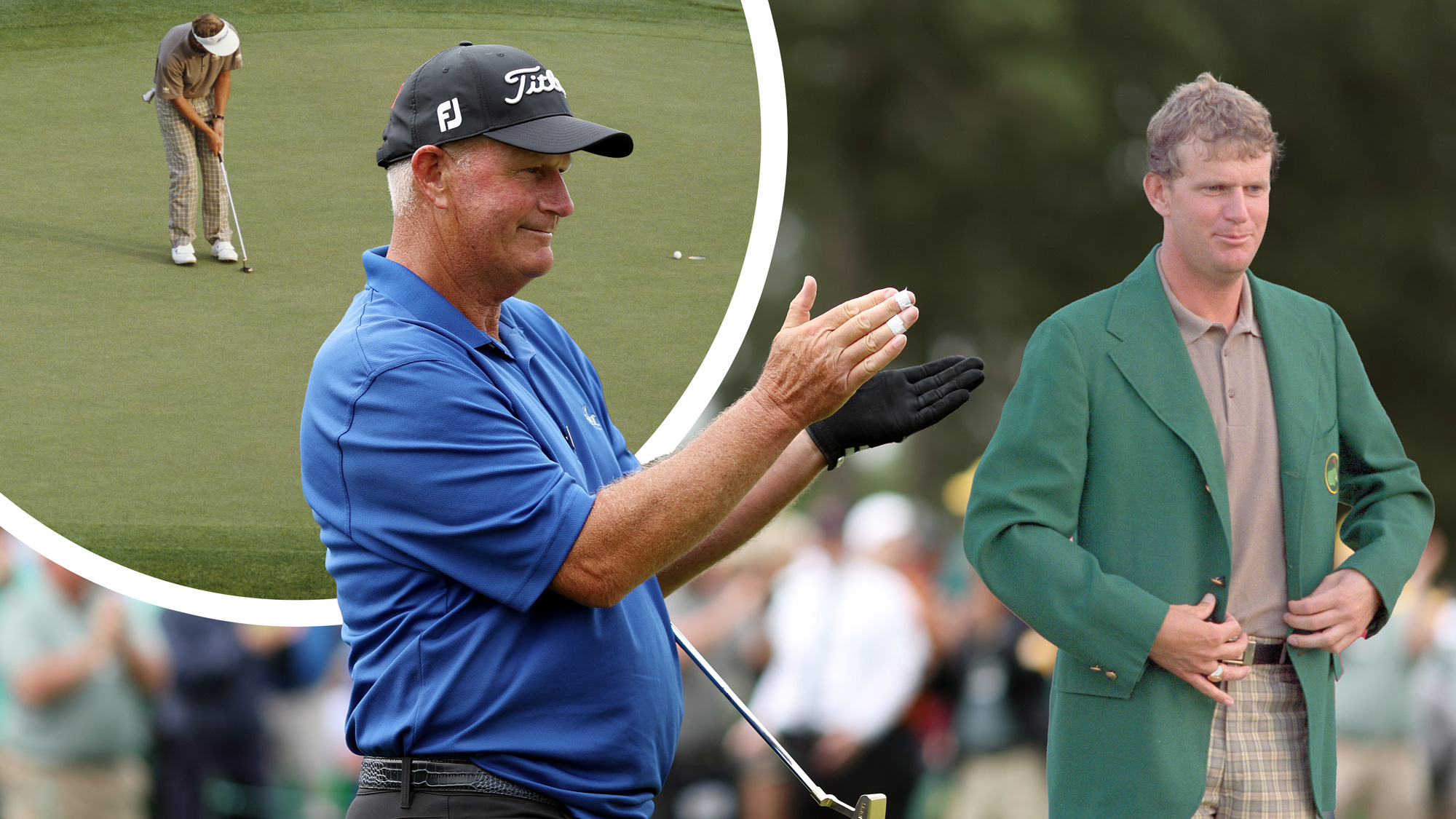 Sandy Lyle Shared 3 Top Tips With Us Prior To Winning The Masters in 1988... And They Could Still Save You Shots 37 Years Later
Sandy Lyle Shared 3 Top Tips With Us Prior To Winning The Masters in 1988... And They Could Still Save You Shots 37 Years LaterThe 1988 Masters Champion shared his expert tips in the January 1988 issue of Golf Monthly, but they are still absolute gems for amateur golfers to this day...
By Barry Plummer
-
 Are You More Accurate Than The Average Amateur Golfer? Peter Finch Can Help You Hit More Fairways In 2025
Are You More Accurate Than The Average Amateur Golfer? Peter Finch Can Help You Hit More Fairways In 2025There is no better feeling than striping one down the middle of the fairway, but many amateurs struggle with accuracy. Peter Finch has four pro tips to help...
By Barry Plummer
-
 Are You A Victim Of This Destructive Golf Swing Fault? Let Me Help You Fix It Before You Tee It Up This Weekend
Are You A Victim Of This Destructive Golf Swing Fault? Let Me Help You Fix It Before You Tee It Up This WeekendAn overswing in golf is a destructive habit which can cost us precious shots on the golf course, but PGA Pro John Jacobs has a quick fix to get us game ready...
By Barry Plummer
-
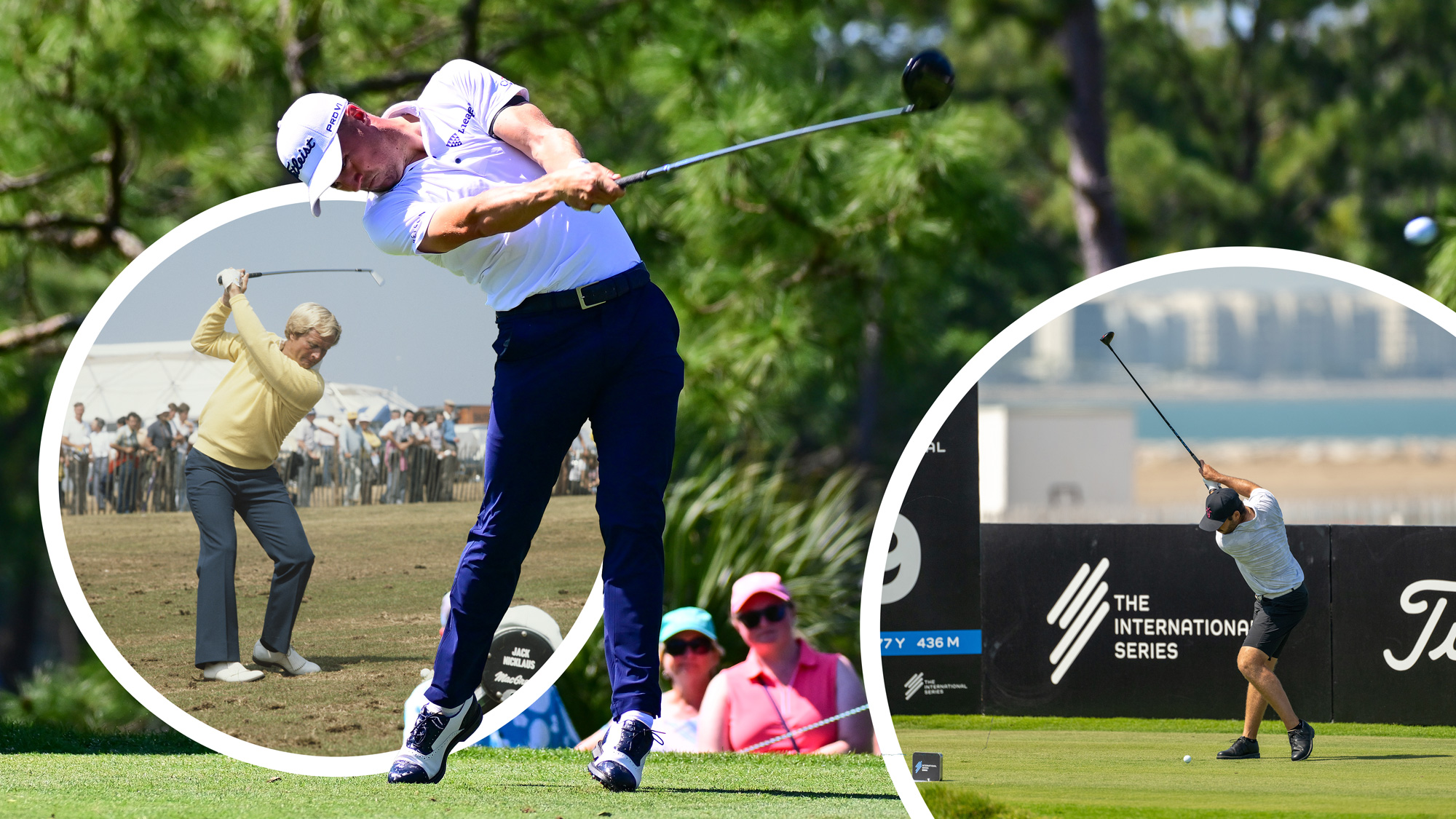 Do You Struggle With Distance Off The Tee? Try This Quick Fix To Make 2025 Your Biggest Golf Season Yet
Do You Struggle With Distance Off The Tee? Try This Quick Fix To Make 2025 Your Biggest Golf Season YetStruggling with distance off the tee could be a major reason why your handicap isn't coming down or your scores aren't improving, but our quick fix can help...
By Barry Plummer
-
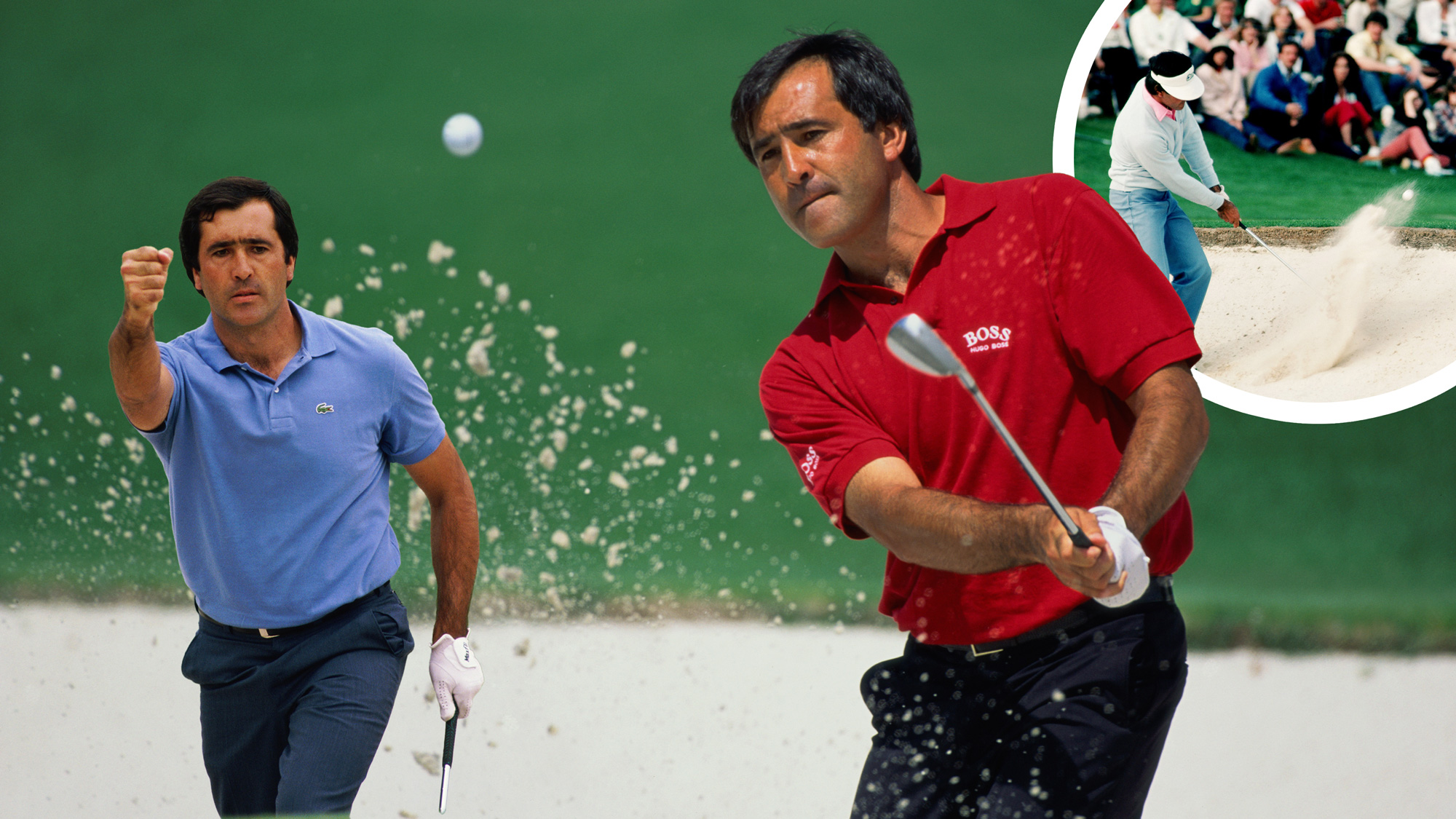 Seve's 'Lost' Bunker Lesson: Master Slopes And Transform Your Short Game Today
Seve's 'Lost' Bunker Lesson: Master Slopes And Transform Your Short Game TodaySeve's forgotten bunker lesson, from Golf Monthly's August 1983 issue, could hold the secret to better bunker play and supercharging your short game this season
By Barry Plummer
-
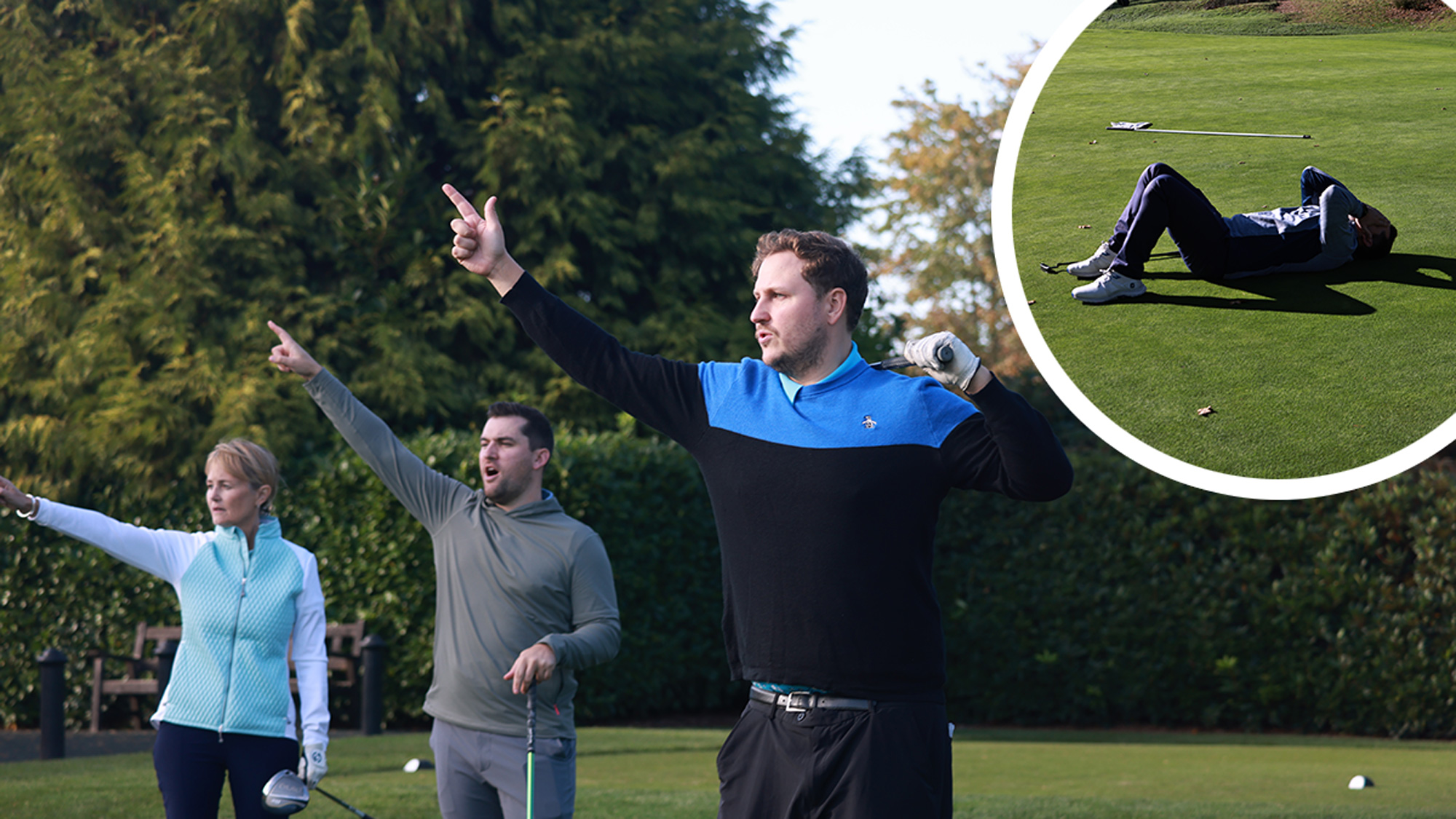 Is Your Golf Swing Failing You? This All-Encompassing Drill Can Instantly Save It
Is Your Golf Swing Failing You? This All-Encompassing Drill Can Instantly Save ItAre you struggling with your golf swing? Discover the all-encompassing drill that can fix common swing faults and restore your game. Get back on track today!
By Tom Motley